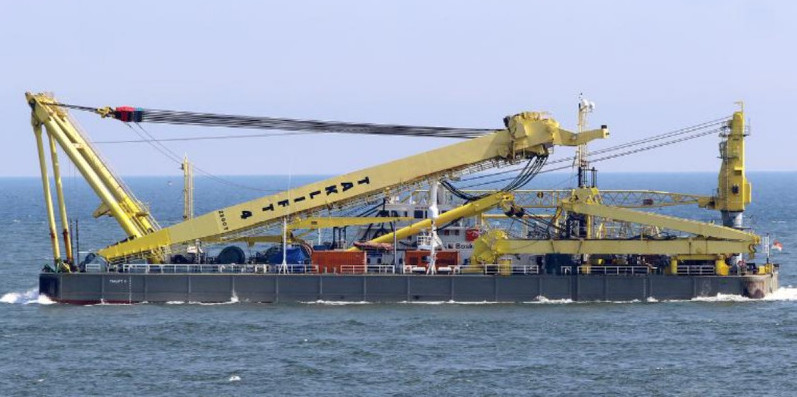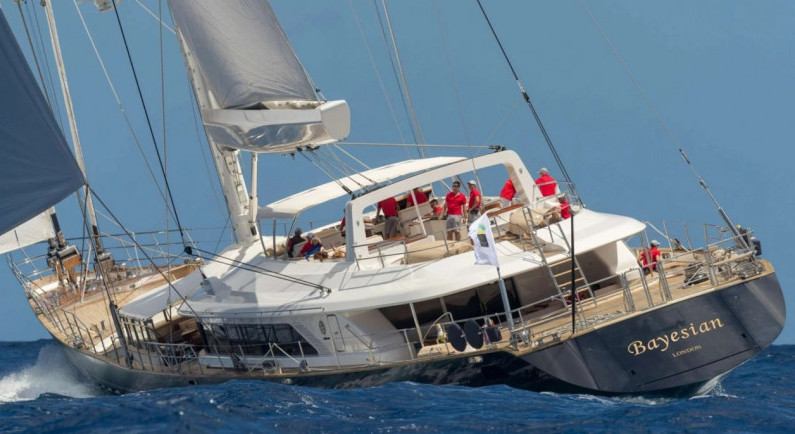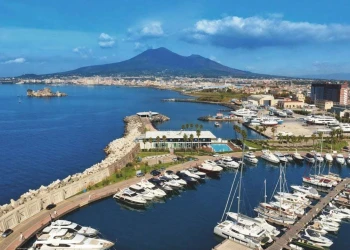
The Bayesian Shipwreck: Facts, Theories, and the Cracked Glass Clue
Robcornelis Maria Huijben Uiben, a 39-year-old Dutch professional diver, tragically died during operations to recover the now-infamous Bayesian — the 56-metre Perini sailing yacht that sank off Porticello, Sicily, at dawn on August 19. The area is under seizure, and salvage operations have been suspended. As of now, the exact cause of the diver's death remains unclear. According to several credible sources, an explosion occurred on May 9 while Huijben, employed by the Dutch maritime company HEBO, was using an oxyacetylene torch to cut the yacht’s mast. The blast — likely due to equipment failure — caused a metal fragment to strike and kill him. This working theory, supported by video footage documenting the recovery, will be confirmed or ruled out by an autopsy in the coming days.
Bayesian Shipwreck: What We Know So Far
At dawn on August 19, 2024, the Bayesian — a 56-metre British-flagged Perini Navi sailing superyacht — sank suddenly near the Sicilian coast. Initially calm seas were hit by a violent, unforeseen meteorological event. In less than 20 minutes, the yacht capsized, taking seven lives, including British tycoon Mike Lynch, his daughter Hannah, Jonathan and Judy Bloomer, the Morvillos, and onboard chef Recaldo Thomas. Fifteen others were rescued. The yacht had been calmly anchored roughly 300 metres offshore. A powerful downburst overturned the vessel in minutes. The visible side of the wreck is intact, while the starboard side lying on the seabed remains uninspected. All watertight doors reached so far were found closed, and no damage was observed to the swing keel system.

Bayesian Shipwreck: Investigative Hypotheses
Prosecutors Concetta Federico and Raffaele Cammarano, together with naval engineer Alessandro Biriaco and the Coast Guard, are piecing together a complex technical puzzle. One theory involves pre-existing technical failure before anchoring, possibly involving the shatterproof glass between the engine room and the control room. According to Corriere della Sera, water may have infiltrated the engine or aft compartments even before the storm, which would thus be a contributing — not primary — cause. Footage shows a spiderweb-cracked but intact pressure-resistant glass panel, bulging toward the control room, indicating high-pressure water intrusion from the engine room. The watertight door was sealed, but other access points (sea intakes, shaft seals, manholes) might have failed. No breach in the hull has been found — yet a section remains buried in the seabed.
Witnesses stated the 72-metre mast was lit, but lights went out during the storm — likely when the generator in the engine room failed. This suggests the engine room flooded first.

Karsten Börne Borner, captain of the Sir Robert Baden Powell, moored nearby, stated: “I saw the front coming, woke the crew, started the engine and turned into the wind.” The Bayesian didn’t react in time. Captain James Cutfield, officer Griffiths, and engineer Tim Parker Eaton — now under investigation for involuntary manslaughter and shipwreck — claim they were caught off guard. Why two nearby vessels responded so differently remains unclear.
There were earlier theories of side glass failure. Survivors reported stepping on shards while escaping. Understanding the glass’s location and nature will be key in retracing the flooding’s progression. Experts have also questioned the yacht’s heading relative to wind direction — a poor orientation in extreme conditions may have contributed to the capsize.
Families of the victims demand truth and justice. Mario Bellavista, lawyer for chef Thomas’s family, stated: “The magistrates’ hypotheses will be confirmed — they’re far from conspiratorial.” Meanwhile, Giovanni Rizzuti, defending Captain Cutfield, emphasized his client’s full propriety: “The investigation will prove his total correctness.”

As attention intensifies ahead of the salvage operation — expected no sooner than May 25 — speculation grows, from sabotage to “curse of the wreck.” But as PressMare has repeatedly pointed out: in such tragedies, it is the duty of journalism to report facts, separate evidence from speculation, and let technical findings lead the narrative. The Bayesian story demands rigour, respect, and time — only the wreck itself will provide real answers
©PressMare - All rights reserved





